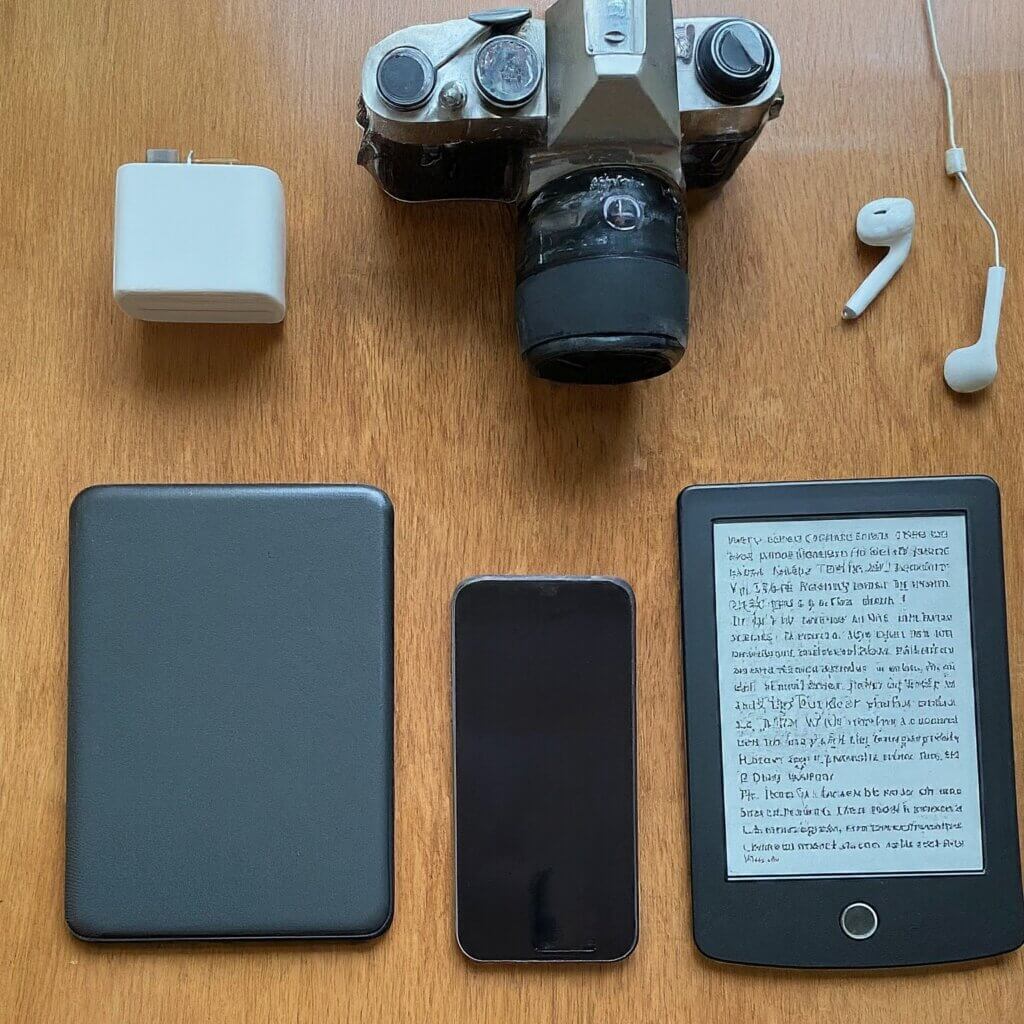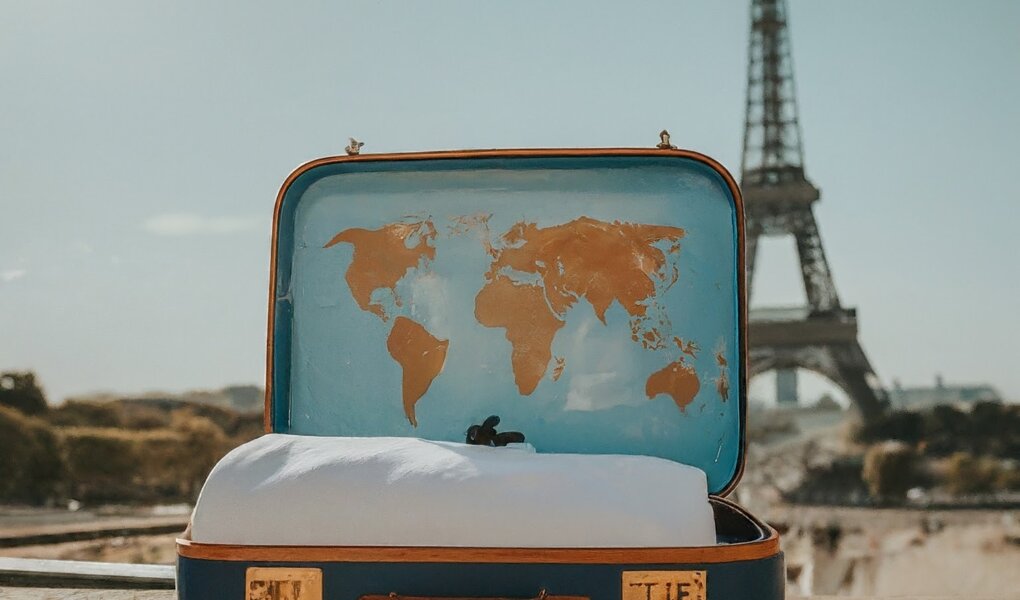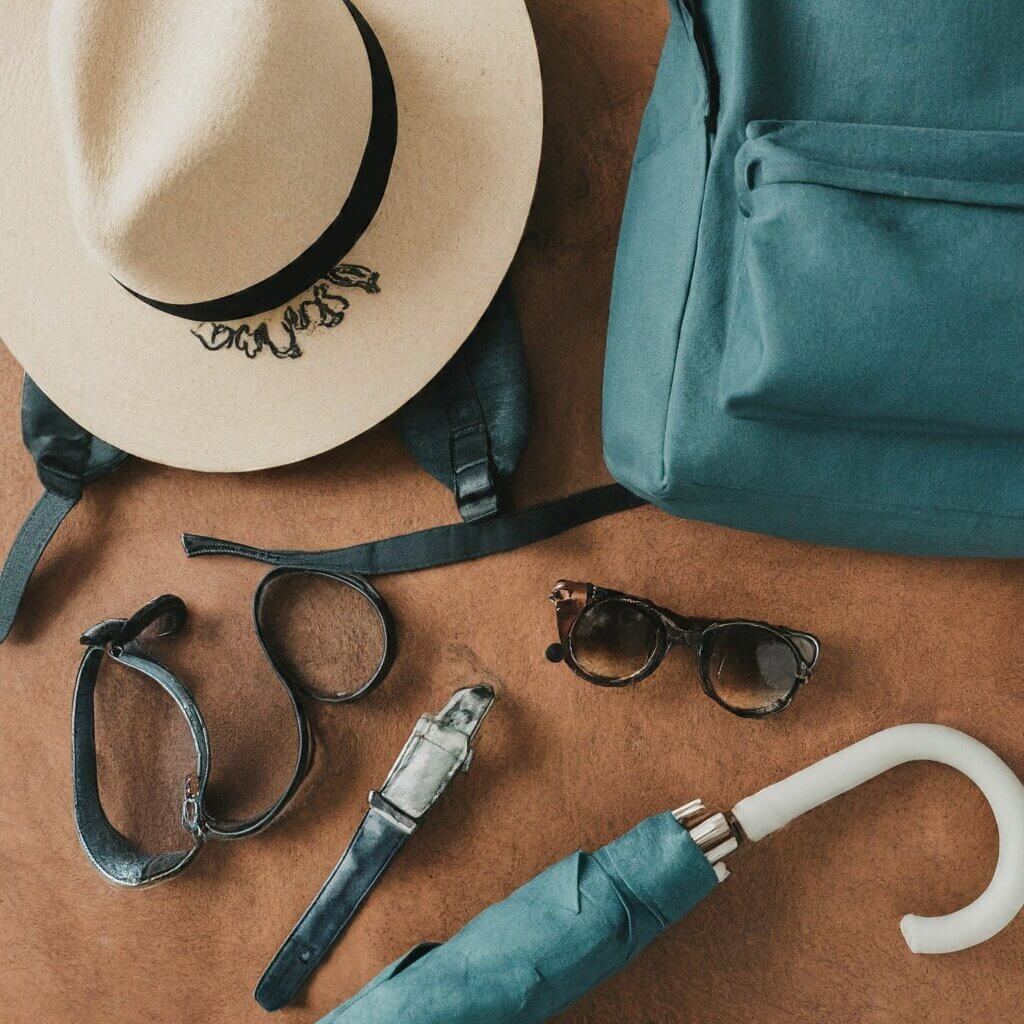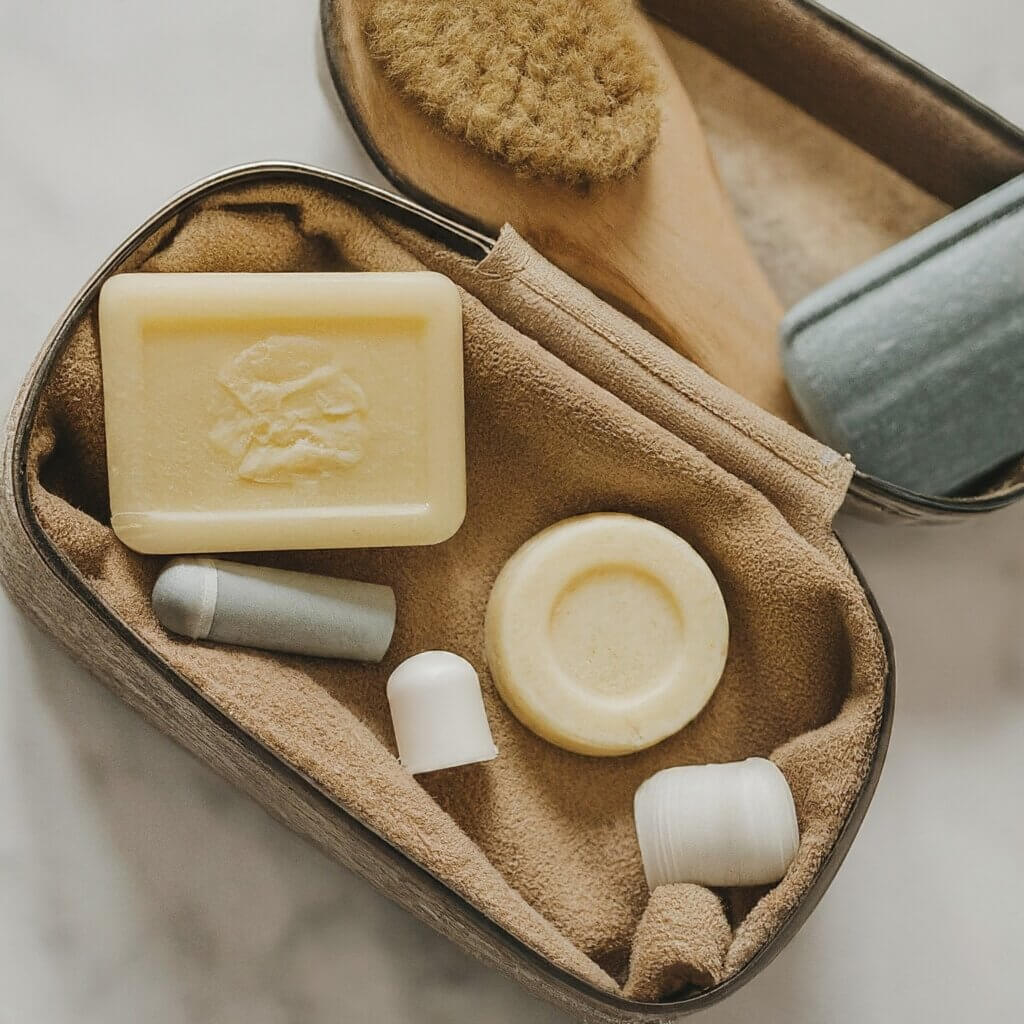
Planning a trip to Europe can be both exciting and overwhelming. Knowing what to pack can make a significant difference in your travel experience with so many destinations and diverse climates. Here’s a comprehensive guide with packing tips for a trip to Europe, ensuring you have everything you need for an unforgettable adventure.
1. Research the Weather
Before packing, you must research the weather for the specific time and places you’ll be visiting. Europe has many climates, from the sunny Mediterranean to the cooler northern regions. Knowing the expected weather will help you pack appropriately.
Key Points:
- Southern Europe (Spain, Italy, Greece): Expect warm temperatures, especially in summer.
- Northern Europe (Scandinavia, UK): Cooler and often unpredictable weather, even in summer.
- Eastern Europe (Poland, Hungary): Can be hot in summer and cold in winter.
- Western Europe (France, Germany): Moderate climate with seasonal variations.
2. Versatile Clothing
When it comes to clothing, versatility is key. Choose pieces that can be mixed and matched to create different outfits. This not only saves space but also ensures you’re prepared for various occasions.
Must-Have Items:
- Layering: Lightweight sweaters, cardigans, and jackets are perfect for layering.
- Basic Tops: Neutral-colored tops that can pair with different bottoms.
- Comfortable Pants: Jeans, leggings, and versatile trousers.
- Dresses and Skirts: Easy to dress up or down, depending on the occasion.
- Outerwear: Depending on the season, a lightweight rain jacket or a warm coat.
- Scarves: Great for warmth and adding style.
3. Comfortable Footwear
Europe is best explored on foot, which means comfortable footwear is a must. You’ll likely be walking a lot, whether it’s on cobblestone streets, exploring historic sites, or hiking in nature.
Footwear Essentials:
- Walking Shoes: Sturdy and comfortable for long days of sightseeing.
- Sandals: Great for warmer climates and more casual outings.
- Dress Shoes: For dining out or attending events.
- Boots: If traveling in cooler months or to regions with rugged terrain.
4. Essential Accessories
Accessories can significantly enhance your travel experience. They not only add a touch of style but also serve practical purposes.
Important Accessories:
- Travel Bag/Backpack: A lightweight, durable bag for daily excursions.
- Sunglasses: Essential for sunny days.
- Hat: To protect against the sun or keep warm in cooler climates.
- Reusable Water Bottle: Stay hydrated while exploring.
- Travel Umbrella: Compact and useful for unexpected rain.
5. Travel-Sized Toiletries
To comply with airline regulations and save space, opt for travel-sized toiletries. Consider solid versions of products to avoid liquid restrictions.
Toiletry List:
- Shampoo and Conditioner: Travel-sized or solid bars.
- Soap: Solid soap bars.
- Toothbrush and Toothpaste: Compact versions.
- Deodorant: Travel-sized.
- Moisturizer: For face and body.
- Sunscreen: Essential for protection against UV rays.
- Makeup: Minimal essentials.
- First Aid Kit: Include band-aids, antiseptic, and any necessary medications.
6. Electronics and Gadgets
Staying connected and capturing memories is important, so packing the right electronics and gadgets is crucial.
Tech Essentials:
- Smartphone and Charger: For communication, navigation, and photos.
- Power Bank: To keep your devices charged on the go.
- Camera: If you want high-quality photos beyond what your smartphone offers.
- Travel Adapter: Europe has different plug types, so a universal adapter is a must.
- Earphones: For music, podcasts, or guided tours.
- E-reader or Tablet: For entertainment during downtime.
7. Important Documents
Your important documents should be organized and easily accessible. Consider using a travel wallet to keep everything in one place.
Essential Documents:
- Passport: Ensure it’s valid for at least six months beyond your trip.
- Visas: Check if you need visas for the countries you’re visiting.
- Travel Insurance: For peace of mind and protection.
- Itinerary: Printed copies of your travel plans.
- Hotel and Transportation Reservations: Confirmation details.
- Emergency Contacts: A list of important phone numbers.
8. Money and Payment Methods
When traveling in Europe, it’s wise to have multiple payment methods and some local currency on hand.
Financial Tips:
- Credit and Debit Cards: Inform your bank of your travel plans to avoid card blocks.
- Cash: Have some local currency for small purchases and emergencies.
- Travel Wallet: Keep your money and cards organized and secure.
- Money Belt: For added security in crowded areas.
9. Packing Light and Smart
One of the most important packing tips for a trip to Europe is to pack light and smart. Overpacking can lead to unnecessary stress and inconvenience.
By combining luxury travel hacking techniques to save on flights and accommodations, you can allocate those savings toward packing more efficiently and ensuring you have everything you need without overstuffing your luggage.
Packing Strategies:
- Use Packing Cubes: To organize your items and save space.
- Roll Your Clothes: Instead of folding, to reduce wrinkles and save space.
- Wear Your Bulkiest Items: On the plane to save space in your luggage.
- Leave Room for Souvenirs: Don’t forget to account for items you might buy during your trip.
- Carry-On Only: If possible, travel with just a carry-on to avoid baggage fees and lost luggage.
10. Final Preparations
Before you embark on your European adventure, ensure you’ve checked off all the final preparations to make your trip smooth and enjoyable.
Checklist:
- Double-Check Documents: Ensure all necessary documents are in order.
- Backup Copies: Have digital and physical copies of important documents.
- Inform Your Contacts: Let family or friends know your travel plans.
- Check Airline Regulations: For carry-on and checked baggage rules.
- Review Travel Advisories: For any updates on your destinations.
FAQs: Packing Tips for a Vacation in Europe
1. What should be included in a Europe packing list?
A comprehensive Europe packing list should include versatile clothing, comfortable footwear, essential accessories, travel-sized toiletries, electronics and gadgets, important documents, and multiple payment methods. Don’t forget a travel adapter and a reusable water bottle.
2. How can I pack light for a trip to Europe?
To pack light for a trip to Europe, use packing cubes, roll your clothes instead of folding, wear your bulkiest items on the plane, and choose versatile clothing pieces that can be mixed and matched. Traveling with only a carry-on can also help minimize luggage.
3. What type of clothing is best for a trip to Europe?
The best clothing for a trip to Europe includes layering pieces like sweaters and jackets, basic tops, comfortable pants, and versatile dresses or skirts. Pack according to the season and destination, considering Europe’s diverse climate.
4. Should I bring a travel adapter to Europe?
Yes, you should bring a travel adapter to Europe. European countries have different plug types and voltages, so a universal travel adapter is essential for charging your electronic devices.
5. What are the best shoes to pack for a vacation in Europe?
The best shoes to pack for a vacation in Europe include comfortable walking shoes, sandals for warmer climates, dress shoes for formal occasions, and boots if traveling in colder months or rugged areas.
6. How do I stay organized while packing for Europe?
Stay organized while packing for Europe by using packing cubes, a travel wallet for important documents, and a checklist to ensure you don’t forget anything. Rolling clothes can also save space and reduce wrinkles.
7. What should I pack for a summer trip to Europe?
For a summer trip to Europe, pack lightweight clothing, a hat, sunglasses, comfortable sandals, a reusable water bottle, and travel-sized sunscreen. Don’t forget a light jacket for cooler evenings.
8. What toiletries should I pack for a trip to Europe?
Pack travel-sized toiletries such as shampoo, conditioner, soap, toothbrush, toothpaste, deodorant, moisturizer, and sunscreen. Consider solid versions of these products to comply with airline liquid restrictions.
9. How can I make sure I don’t overpack for Europe?
To avoid overpacking for Europe, stick to a packing list, choose versatile clothing, use packing cubes, and be mindful of the weather and activities planned. Leave some space in your luggage for souvenirs.
10. What documents are essential for a European vacation?
Essential documents for a European vacation include your passport, visas (if needed), travel insurance, itinerary, hotel and transportation reservations, and emergency contact information. Keep these organized in a travel wallet.
11. How should I handle money while traveling in Europe?
Handle money while traveling in Europe by bringing credit and debit cards, some local currency, and using a travel wallet or money belt for security. Inform your bank of your travel plans to avoid any card issues.
12. What gadgets are essential for a Europe trip?
Essential gadgets for a Europe trip include a smartphone and charger, power bank, camera, travel adapter, earphones, and an e-reader or tablet for entertainment. These will help you stay connected and capture memories.
13. What are some packing tips for Europe in the winter?
Packing tips for Europe in the winter include bringing warm clothing like sweaters, coats, thermal layers, boots, scarves, gloves, and a hat. Layering is key to staying warm and comfortable.
14. How can I prepare for unexpected weather changes in Europe?
Prepare for unexpected weather changes in Europe by packing versatile clothing, including layers, a compact travel umbrella, and a lightweight rain jacket. Check the weather forecast before your trip and adjust your packing accordingly.
Conclusion
A well-planned packing list can make your trip to Europe hassle-free and enjoyable. By following these packing tips, you’ll be prepared for any situation and can focus on making unforgettable memories. Remember, the key is to pack smart, light, and versatile, ensuring you have everything you need without the burden of overpacking.
Happy travels!






